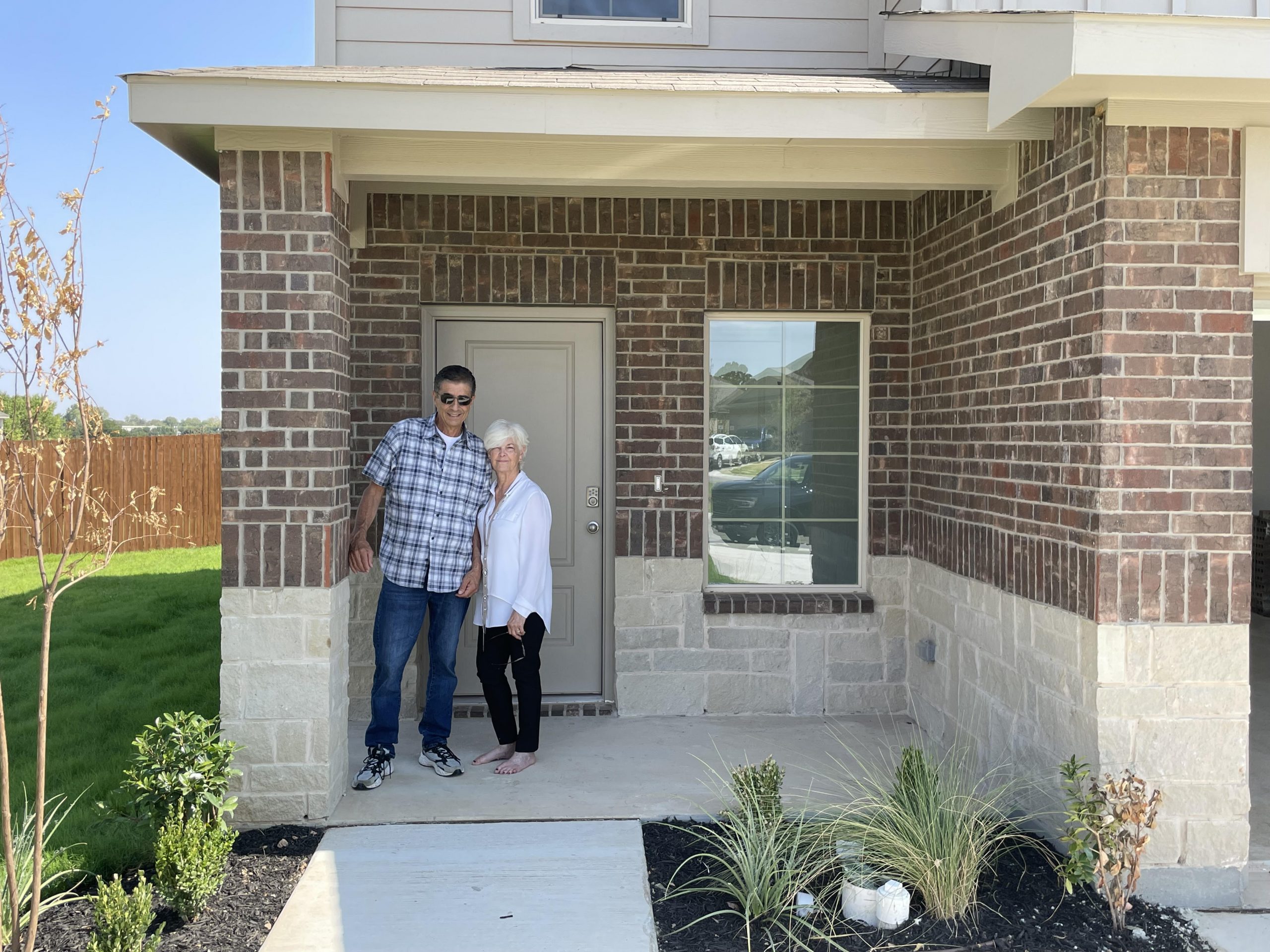For veterans, the dream of homeownership becomes a reality through the unique advantages offered by the Department of Veterans Affairs (VA) home loan program. The VA home buying process is tailored to support those who have served our nation, providing them with numerous benefits that make the journey to homeownership more accessible and affordable. In this comprehensive guide, we will walk you through the VA home buying process and highlight the significant advantages that come with it.
Understanding the VA Home Loan:
The VA home loan is a mortgage option exclusively available to eligible veterans, active-duty service members, and surviving spouses. Administered by the Department of Veterans Affairs, this program is designed to make homeownership more attainable for those who have dedicated their lives to serving their country.
Eligibility Requirements:
To take advantage of VA home loan benefits, veterans must meet specific eligibility criteria. Generally, veterans with a minimum active-duty service requirement, often around 90 days during wartime or 181 days during peacetime, are eligible. Reservists and National Guard members may also qualify after six years of service.
The Application Process:
The VA home buying process begins with obtaining a Certificate of Eligibility (COE), which verifies your eligibility for a VA loan. This document can be obtained online, through your lender, or by mail. Once the COE is secured, veterans can start the loan application process.
Benefits of VA Home Loans:
a. No Down Payment: One of the most significant advantages of VA home loans is the option for a zero-down payment, eliminating a major obstacle for many prospective homebuyers.
b. Competitive Interest Rates: VA loans often come with lower interest rates compared to conventional loans, resulting in more affordable monthly payments.
c. No Private Mortgage Insurance (PMI): Unlike conventional loans, VA loans do not require private mortgage insurance, further reducing the overall cost of homeownership.
d. Flexible Credit Requirements: The VA is generally more lenient with credit score requirements, making it easier for veterans with varying credit histories to qualify for a loan.
e. Assistance in Financial Hardship: In times of financial hardship, the VA offers support and flexibility to help veterans keep their homes and avoid foreclosure.
Finding a VA-Approved Lender:
To utilize VA home loan benefits, veterans must work with a lender approved by the VA. These lenders are familiar with the unique aspects of VA loans and can guide borrowers through the process.
Home Selection and Appraisal:
Once pre-approved for a VA loan, veterans can start house hunting. It’s crucial to choose a home that meets the VA’s minimum property requirements and undergoes a VA appraisal to ensure it meets both safety and value standards.
Closing the Deal:
The closing process for a VA loan is similar to other mortgage transactions. Veterans should be prepared for closing costs, which can be negotiated with the seller, and ensure that all necessary documentation is in order.
Post-Purchase Support:
The VA continues to support veterans even after the purchase of their homes. From refinancing options to assistance in case of financial hardship, the VA remains a valuable resource for homeowners.
Conclusion:
The VA home buying process offers a clear path to homeownership for those who have served our nation. The numerous benefits, including no down payment, competitive interest rates, and flexible credit requirements, make VA loans an attractive option for eligible veterans. As a token of appreciation for their service, the VA’s commitment to supporting veterans extends beyond the home buying process, providing ongoing assistance to ensure the success of veterans in their homeownership journey. If you’re a veteran dreaming of homeownership, the VA home loan program stands ready to make that dream a reality.


 Facebook
Facebook
 X
X
 Pinterest
Pinterest
 Copy Link
Copy Link


